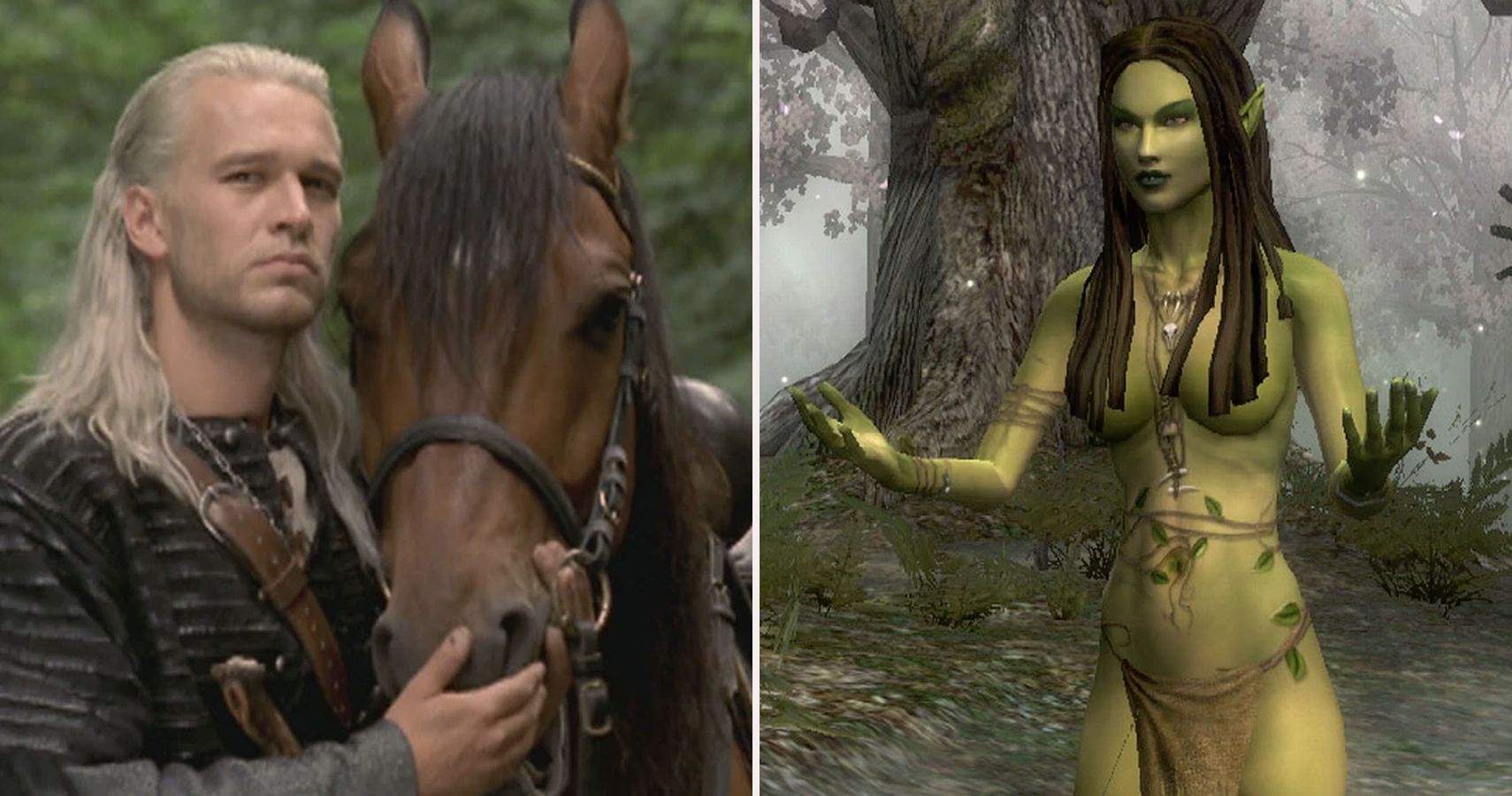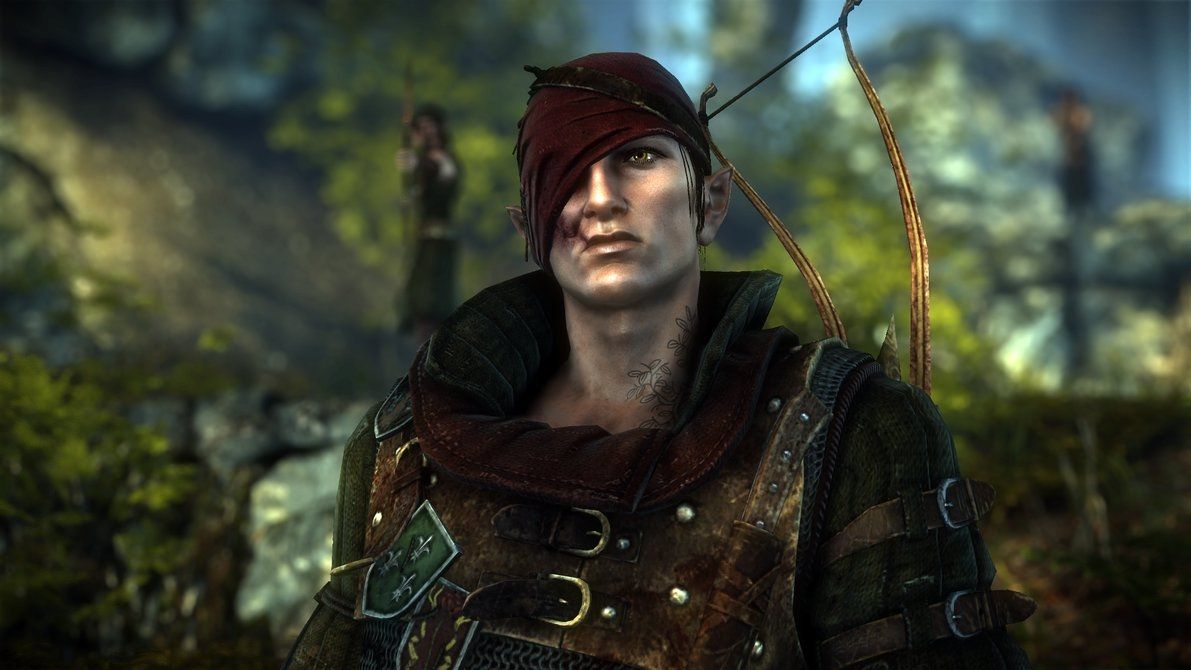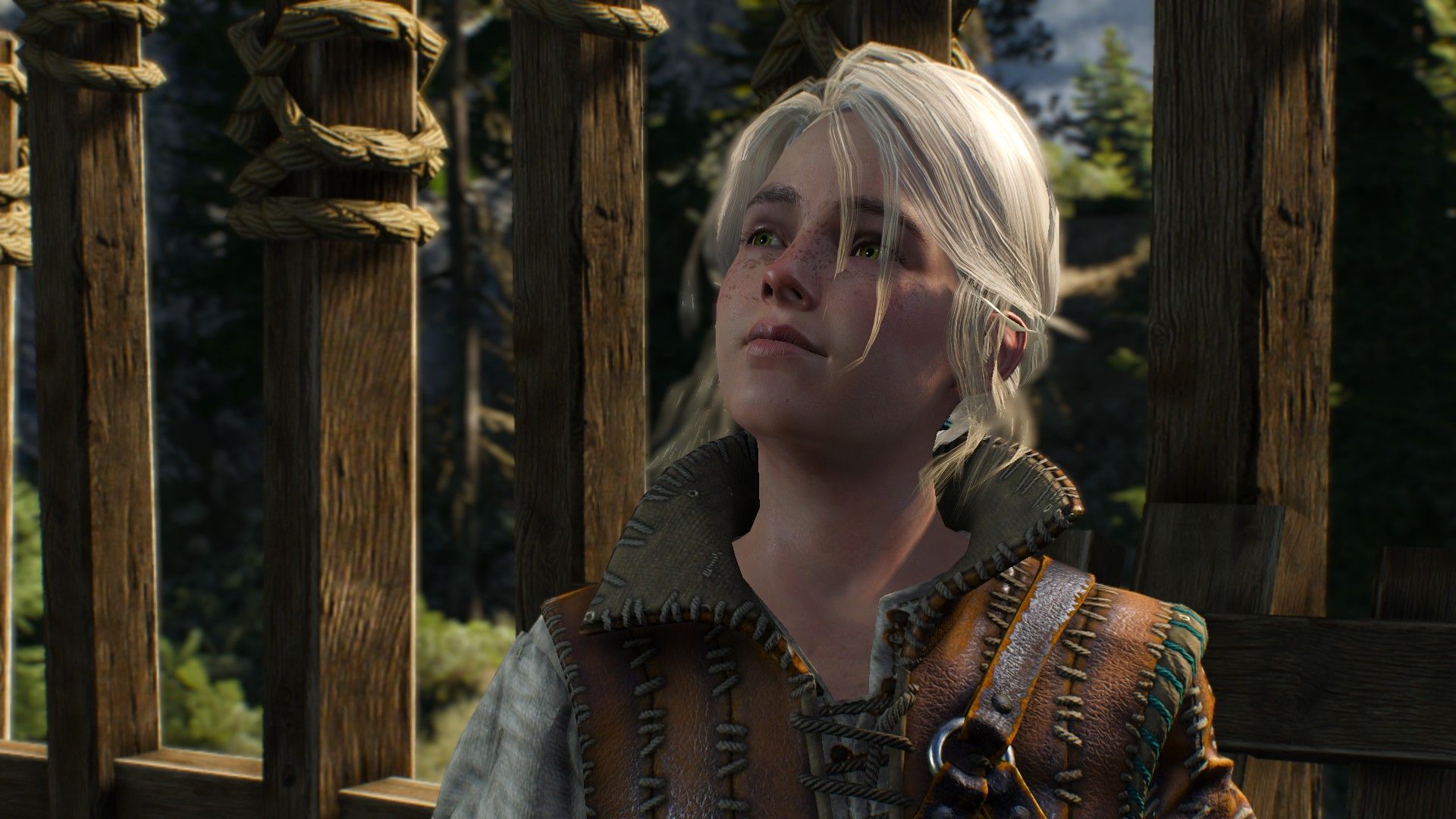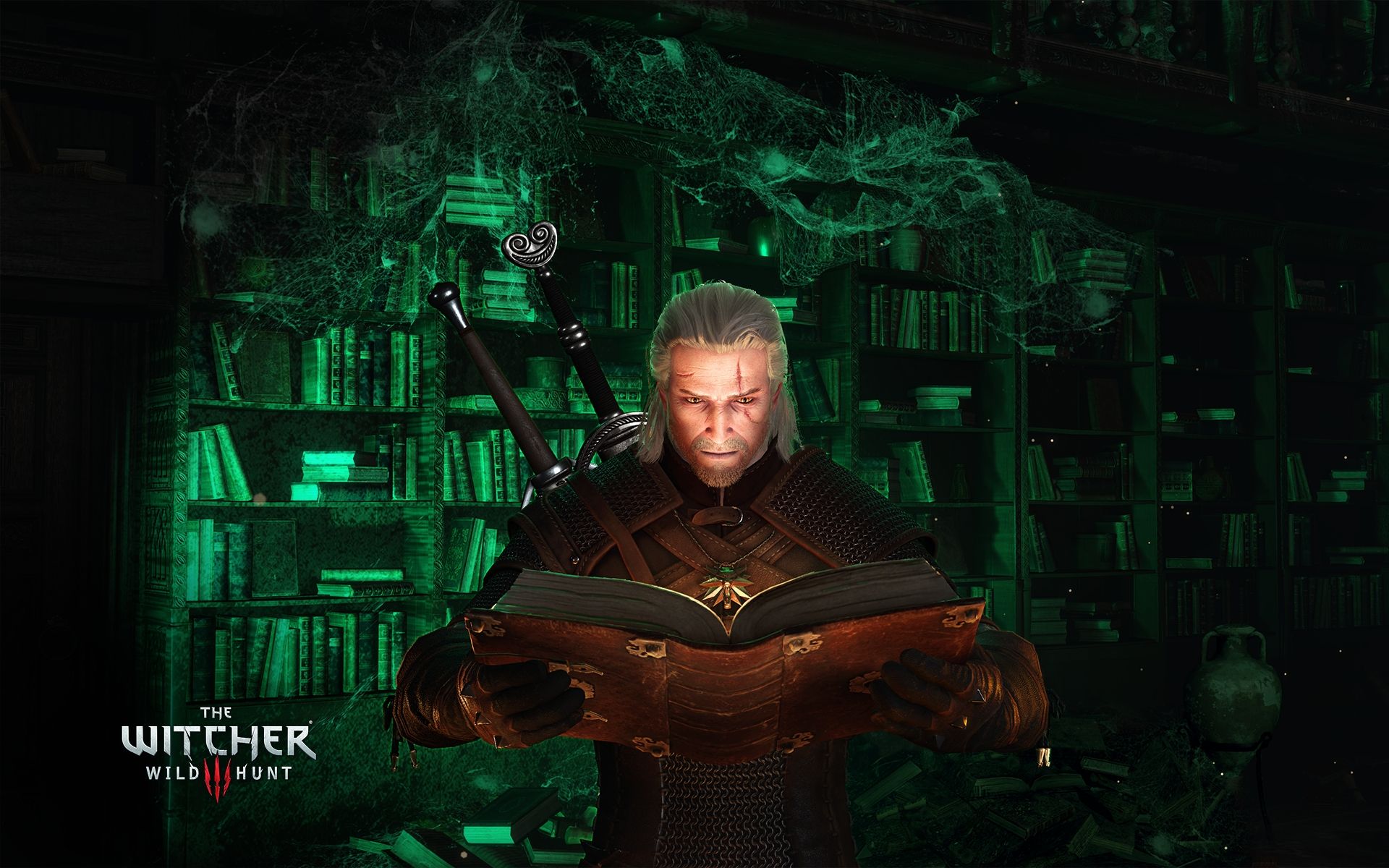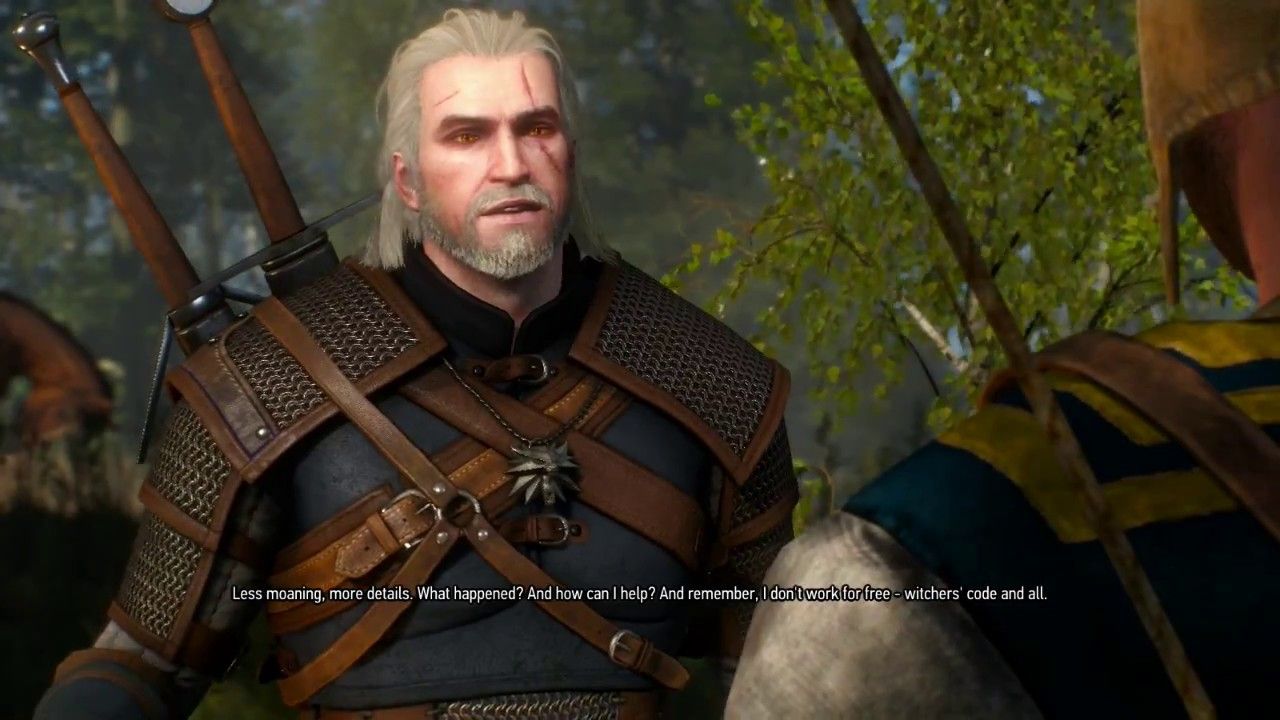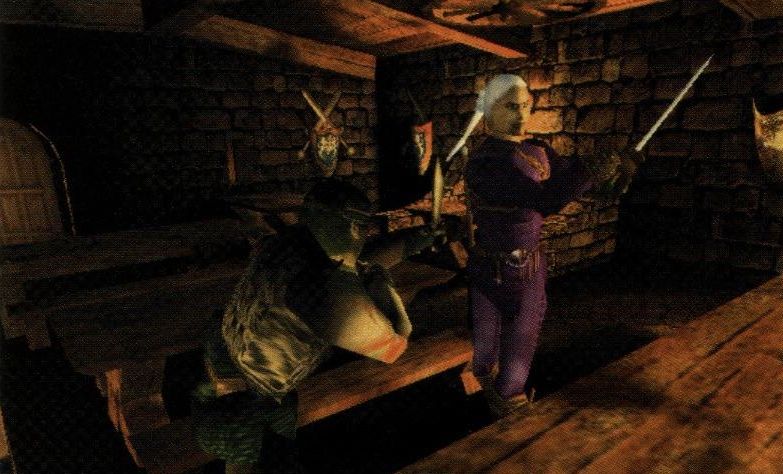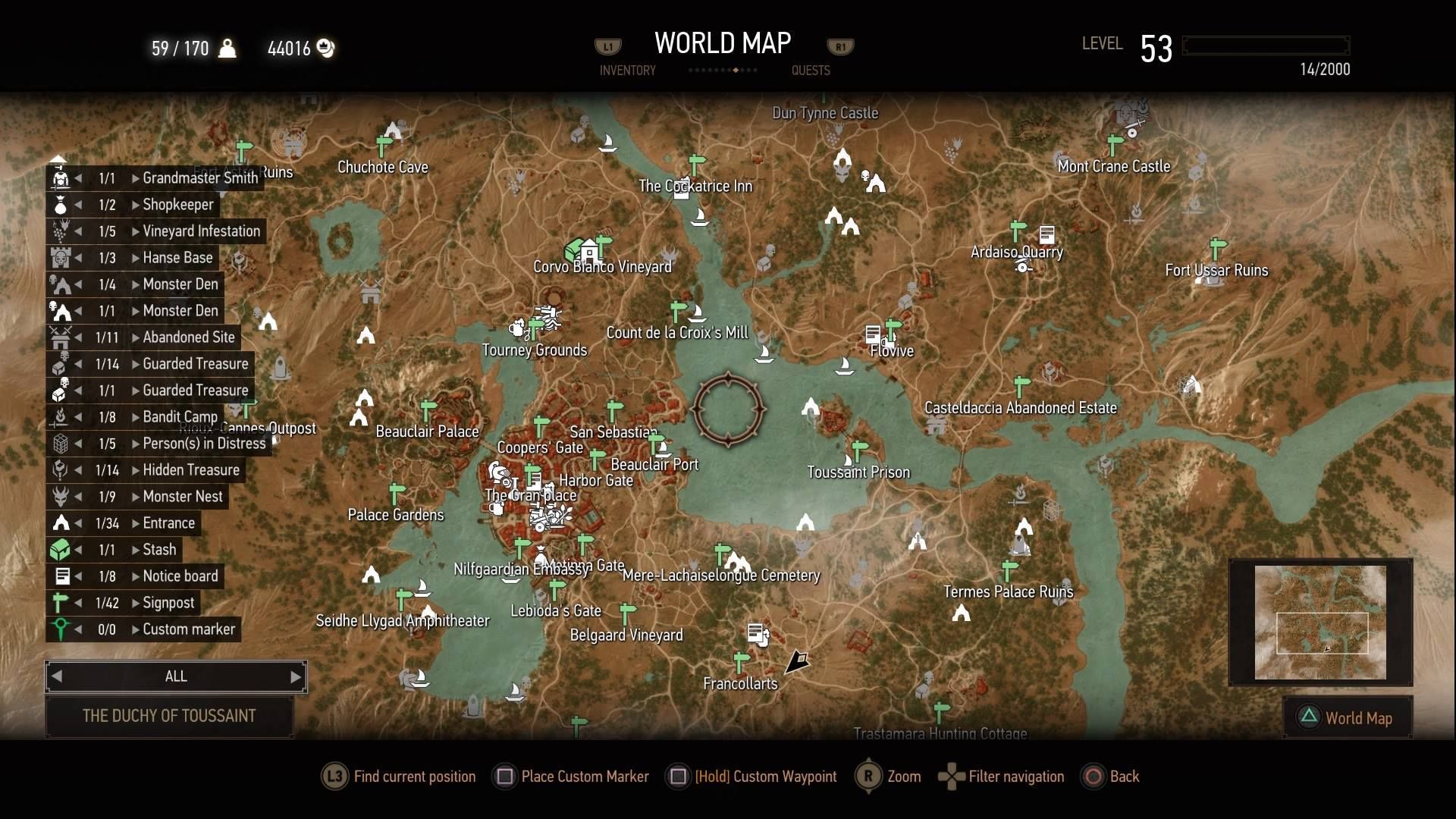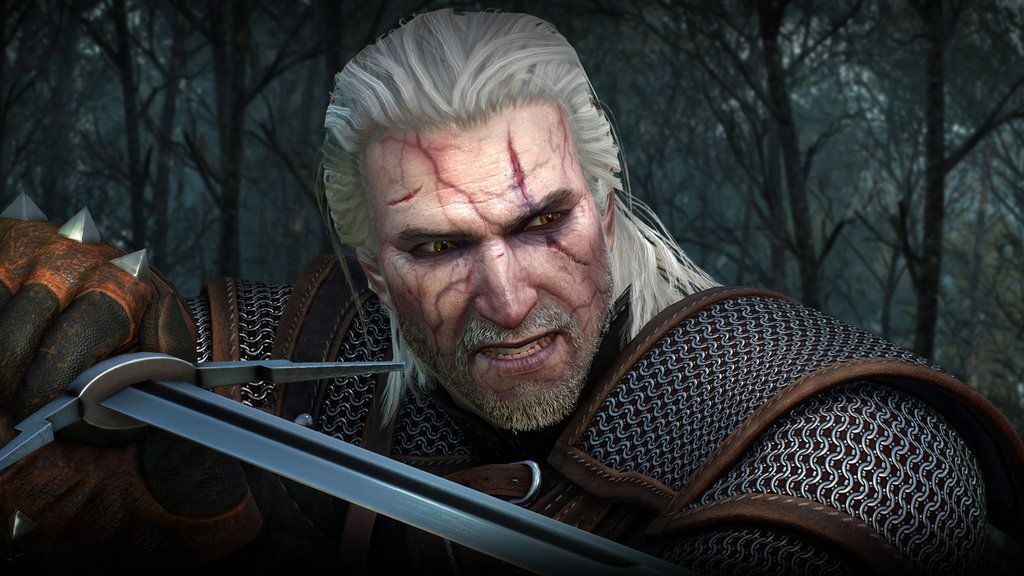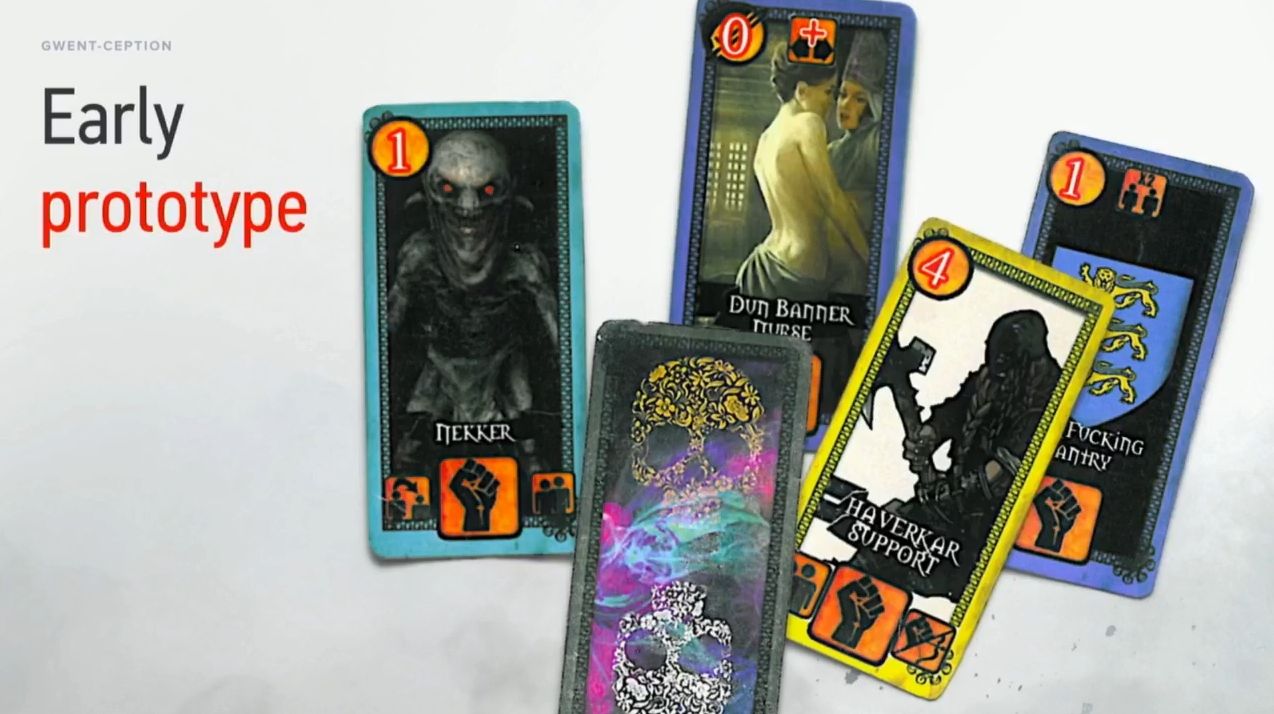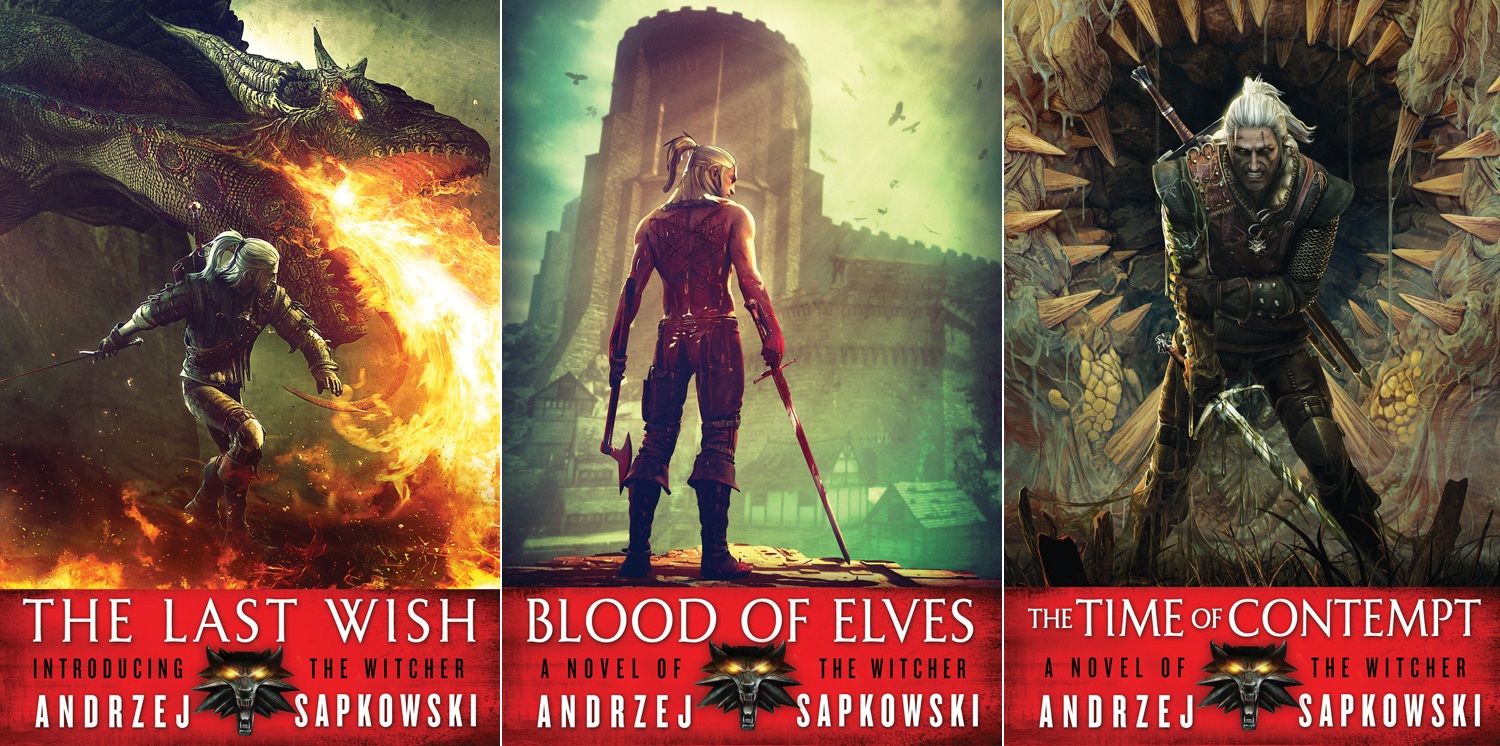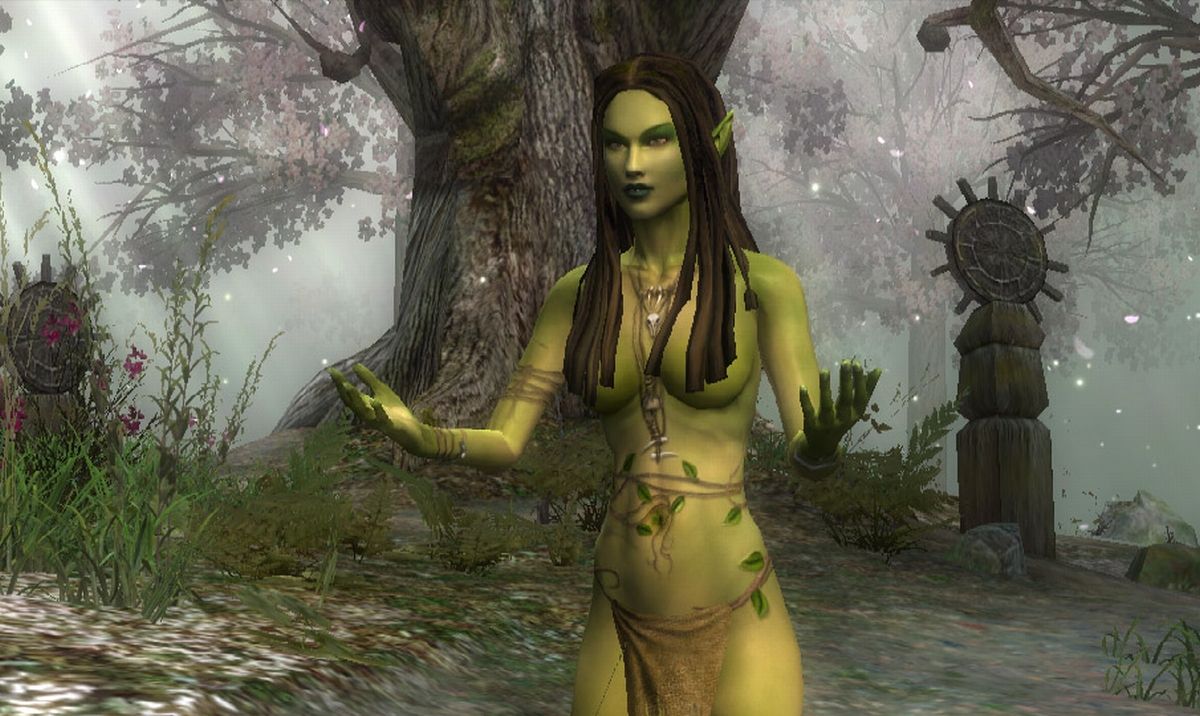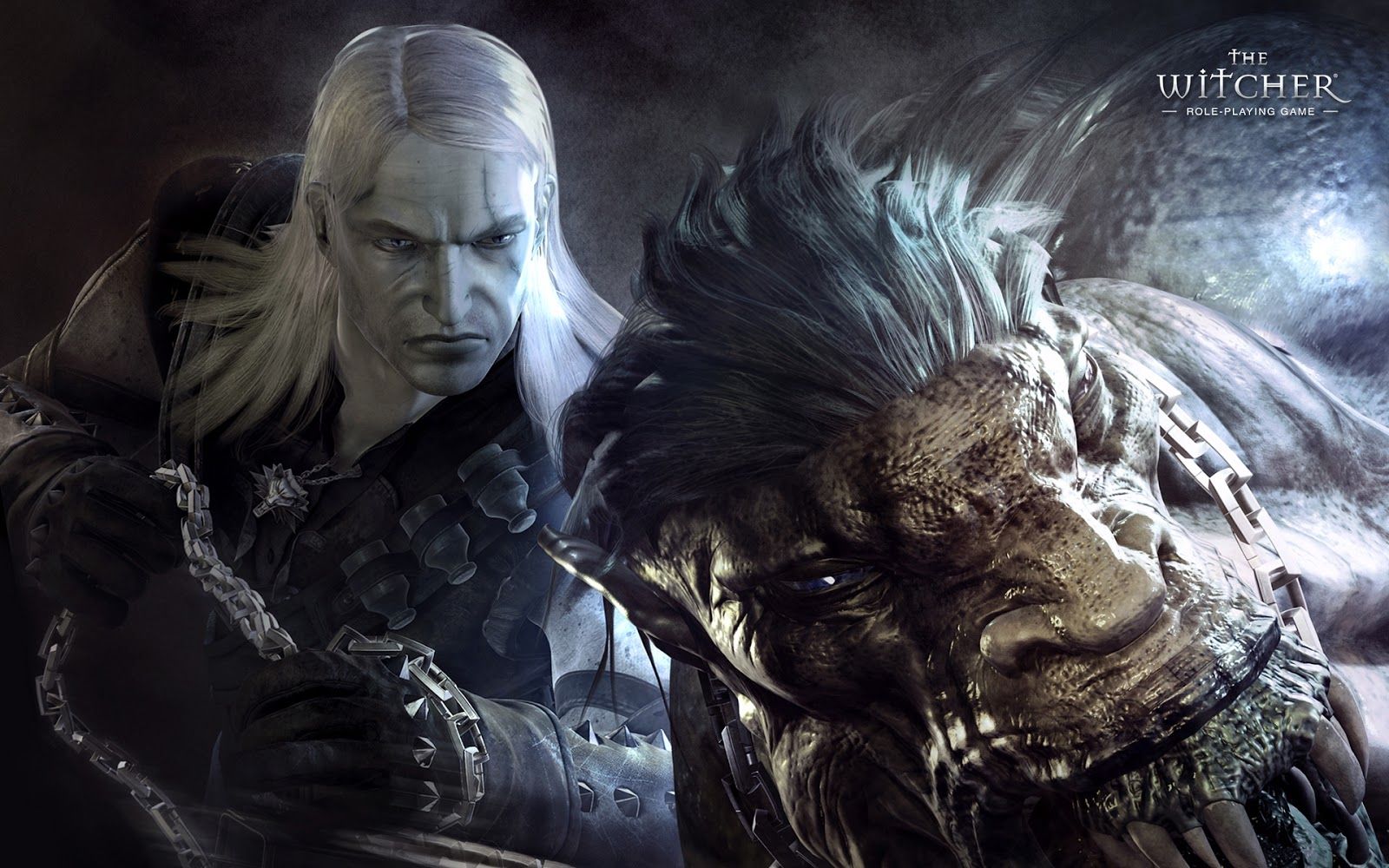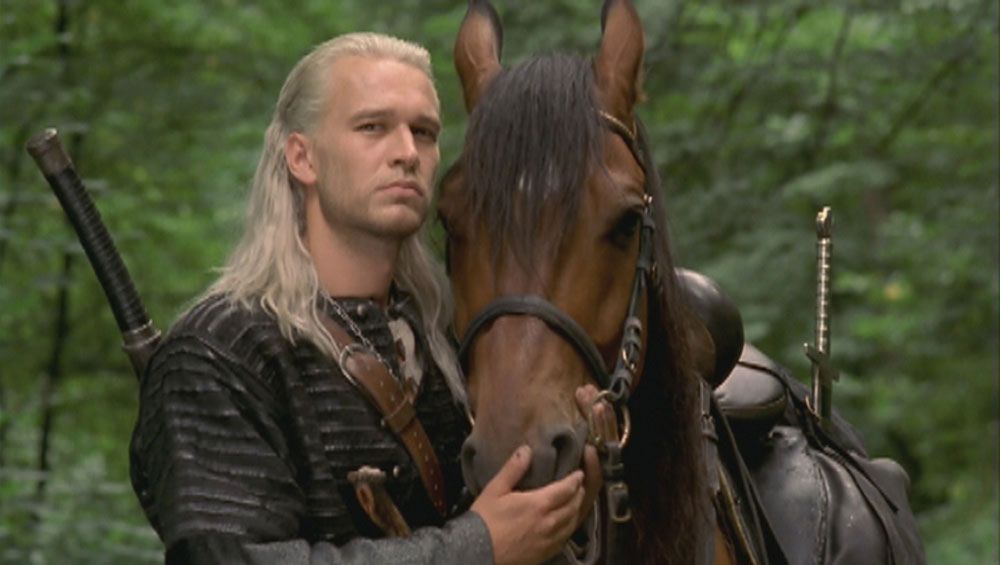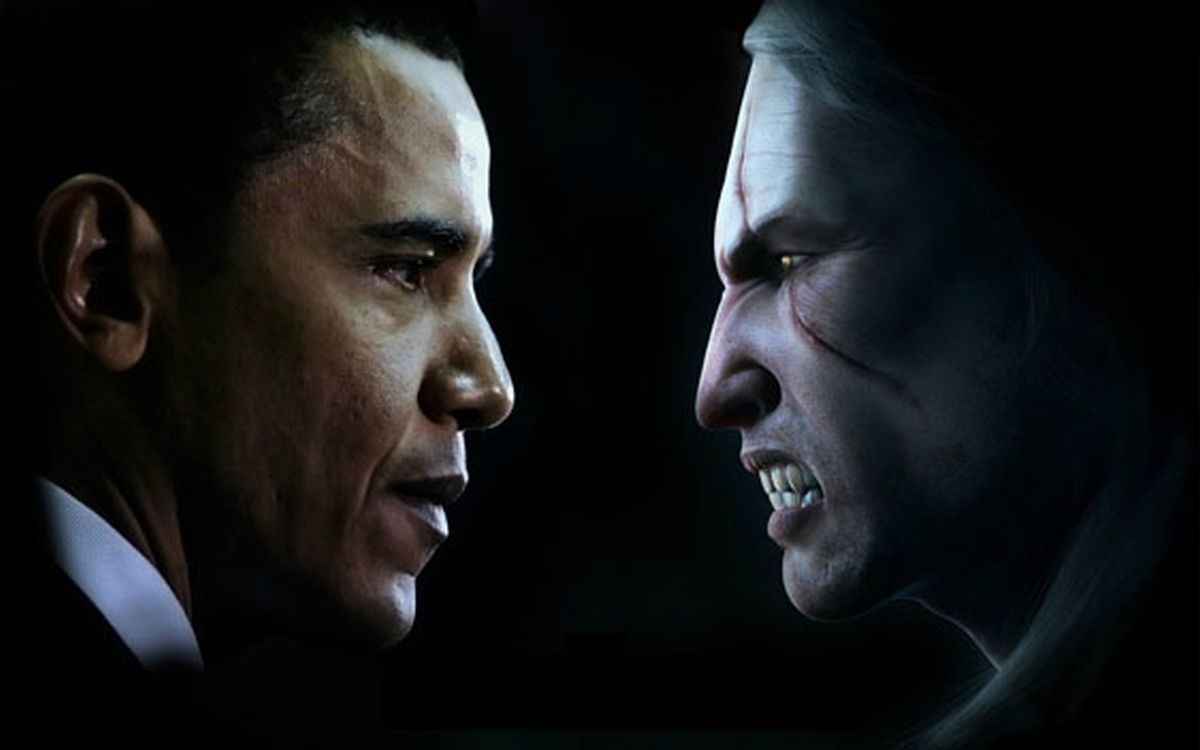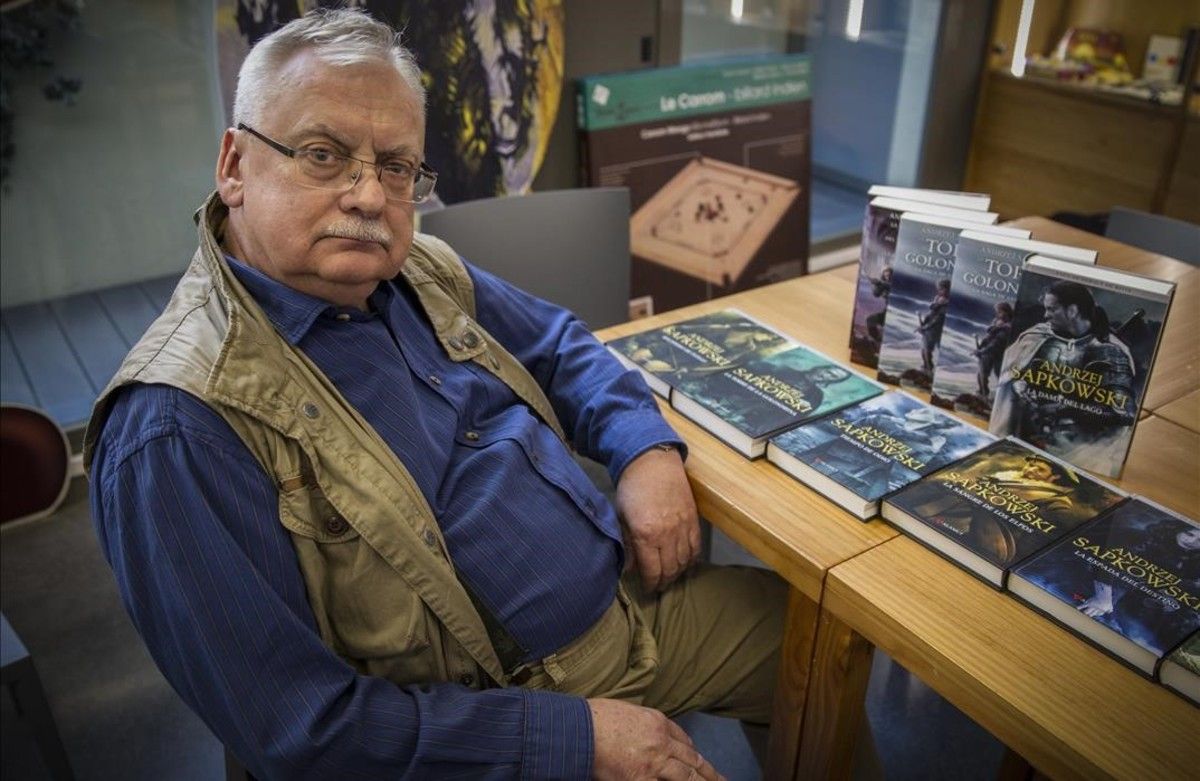The Witcher is not only a massive video game series by CD Projekt Red, but also a series spanning thirteen novels. Polish writer Andrzej Sapkowski created the series, first as a series of short stories, which expanded into a large fantasy universe. The series was so well-received that now a series on Netflix is in development. However, most gamers are unfamiliar with the novels and focus on controlling Geralt of Rivia's video game adventures.
CD Projekt Red has expanded their game universe into their a unique creation. They developed new characters, reworked old ones, and tried to rework the world that Sapkowski created. With so many different characters, it's not surprising that you may have missed smaller details. CD Projekt Red enjoyed working on Geralt's story so much that their sights may have been set too high. Unfortunately, this meant massive amounts of content being removed from the game as well. The series was still incredibly successful with the amazing content that remained. CD Projekt Red has expressed that Geralt of Rivia's story is over, so we may never know of all the adventures The Witcher may have experienced.
Geralt's journey on The Path has led him to plenty of monster caves, unfortunate run-ins with politics, and in the arms of various women. This list will contain spoilers both for The Witcher novel and video game series. Though we may have traveled with Geralt during these times, there are facts about The Witcher universe may surprise you.
15 Iorveth Was Planned To Appear
Choosing between the Scoia’tael Commander and Vernon Roche, leader of the Blue Stripes, was a major decision in The Witcher 2. Depending on who you chose, you would begin Act 2 by that character's side. Vernon Roche appeared as a side character in The Witcher 3, with a few side quests. For having such a vital role in The Witcher 2, Iorveth was missing. He was spoken of in the digital comic that was packaged with The Witcher 3, but he made no appearances other than a GWENT card.
CD Projekt Red originally planned on Iorveth appearing in The Witcher 3. Geralt was meant to find him in the basement of Triss Merigold's house in Novigrad, as players would discover why he and Vernon Roche loathed each other. Instead, Iorveth's place in discussions would be replaced by Ves. Fans have since speculated that Iorveth died. On Twitter, CD Projekt Red's Community Lead Marcin Momot confirmed he was alive.
14 Victim To The Witcher's Law Of Surprise
It is well-known in The Witcher universe that a majority of magic users are sterile. Witchers were created through the Trial of Grasses, which has a low survival rate. To solve this issue, the custom of the Law of Surprise was born. The Law states that if a Witcher saves a man, that man is expected to give a reward that he is not yet aware of or the first thing to greet him when he safely arrives home. The law usually refers to an unborn child.
Geralt invoked the law of surprise to the Princess of Cintra, Pavetta, and her cursed lover, Duny. Through fate, Ciri was meant as Geralt's Child of Destiny. At first, he had no interest because she was female and females cannot become Witchers. Eventually Geralt invokes the law on a merchant, who had rescued Ciri and adopted her. Another well-known victim of the Law? Geralt of Rivia.
13 Over One Million Lines Of Code
Developing video games is a huge endeavor. It can take months or years to create a game. The game may turn out to be a flop or highly successful, like The Witcher series, as gamers poured hundreds of hours just playing the series. Little did they know about all of the code that went into creating The Witcher 3.
CD Projekt Red released an informative infographic to commemorate the sixth anniversary of The Witcher series. The infographic revealed that the first game contained 808,353 lines of code, while The Witcher 2 contained 753, 432 lines. However, the game with the largest number of code was The Witcher 3, which had 1,135,617 lines of code. That line of code was not a final number, which could have risen thanks to the Hearts of Stone and Blood and Wine DLCs. Each line of code shows the amount of love CD Projekt Red put into The Witcher series.
12 The Witcher’s Code Does Not Exist
The Witcher's Code is implied to be a long list of rules that Witchers must follow. You may remember Geralt or any of the Witchers he encounters stating a code. In Sapkowski's The Witcher novels, Geralt admits there is no set Witcher Code. It's used as an excuse to back out of a situation.
Geralt explains that having a Witcher's Code made it easier when dealing with people. People would respect a set of rules by the Witchers instead of honesty. He can explain that his rules won't allow him to do something. The code could also be used to make a person pay more for a service. Geralt may not follow a Witcher's Code, but, like most Witchers, still has a set of personal principles he follows. He would not kill sentient monsters, such as dragons and succubi.
11 Too Ambitious
CD Projekt Red was not the only developer interested in The Witcher series. Another Polish developer, Metropolis Software, first attempted to develop a Witcher game in 1996. Metropolis Software, which was lead by Adrian Chmielarz, who's known for Bulletstorm and The Vanishing of Ethan Carter, contacted Sapkowski about their interest in the game. They purchased a license to begin development. Chmielarz stated he did not remember the exact amount, but it was not millions.
Metropolis attempted to create a third-person RPG action-adventure game and Geralt of Rivia would be the star of the games, just like in the novels. It would be for adults, which meant you had to make more mature decisions for the greater good. The story would be more complex than the novels and characters were more complicated and independent. The game proved to be too complicated for such a small studio, so Metropolis Software ceased development. Interestingly, they would end up being acquired by CD Projekt in 2009.
10 One Of The Largest Maps
The Witcher 3 has a large, open-world map. During a GDC presentation, CD Projekt Red stated that the third installment was more than 35 times the size of the second game. The largest areas of the game, Novigrad, and Skellige, span over 136 square kilometers. The size was calculated before the additional DLC areas, so it's even larger now.
Fans calculated the size of The Witcher 3's open-world and compared to other games. Bethesda's The Elder Scrolls V: Skyrim is only around 36 square kilometers. The Witcher 3 overshadows that map, making it over three times larger than Skyrim's map. Grand Theft Auto V also boasts a large open-world map at around 81 square kilometers. The Witcher 3 still beats that and is over 1.5 times larger. Skeptical gamers may wonder if that open-world is empty terrain, but the map boats several side-quests, hidden treasures, and monster nests to destroy.
9 Geralt's Mutations Are Unique
All Witchers are non-human mutants. They began life as humans, but are transformed by the Trial of the Grasses. The apprentices are subjected to different alchemy ingredients that change a human boy into a Witcher. Most do not survive the trial. However, Geralt of Rivia survived and became one of the most famed Witchers.
Geralt's gained more from the trials than most, as his strength and mental abilities are more powerful than other Witchers. He took so well to the process that he was subjected to more Witcher experimentation. Due to the side effects of the trial, besides from his yellow, cat eyes, his hair turned silver. His skin also turned pale. Due to his unusual characteristics, he was given the nickname in Elder Speech as "Gwynbleidd" or "The White Wolf."
8 GWENT Was Developed In Three Days
The Witcher series contains several distractions from the main quest. The Witcher 3 created a new side quest which quickly gained popularity. GWENT first appeared in The Witcher 3, but has now spawned into a fully-fledged game of its own. GWENT creators Damien Monnier and Rafal Jaki of CD Projekt Red spoke about developing the card game during PAX East in 2016.
GWENT started development in 2014. After pitching the idea, they were told it had to be quick, simplistic and had to be an ongoing collectible quest. Since the main game was still in development, Monnier and Jaki were only given three days to develop it. The pair took inspiration from the game Gwint, mentioned in the novels. In Gwint, two armies fought to conquer each other. After the rules and game were further developed, a single programmer completed the game's code.
7 Not Canon To The Novels
Andrzej Sapkowski did not put much faith in his Witcher series gaining worldwide fame. When CD Projekt Red requested to make the games, he gave them permission. CD Projekt Red announces in each game that it is inspired by The Witcher series of novels. The games themselves have very little to do with the novel stories. The prologue of the first Witcher game showcased an opening cinematic of a short story from the novel The Last Wish. The games expand on Sapkowski's written tales about Geralt of Rivia, but are not adaptations.
Fans of the game may wonder if their favorite characters also appear in the novel. Most popular characters such as Triss Merigold, Zoltan Chivay, and Dandelion make appearances in both. CD Projekt Red successfully expanded on Sapkowski's world with new cities, monsters, and characters.
6 Master Swordsman Was Mo-Capped
In the novels, Geralt of Rivia's sword fighting style was seen as a beautiful, yet deadly, dance. CD Projekt Red wanted to expand on Geralt's moves in The Witcher 3. In their in-house motion capture studio, the developer motion captured Master Swordsman Maciej Kwiatkowski. Lead Animator Tomasz Zawada wanted to ensure the third installment featured a wider variety of animations, so all of Geralt's movements and combat animations were recorded in-house.
Maciej Kwiatkowski not only embodies Geralt, from his walking style to fighting abilities, but he is also a fan. Kwiatkowski is a fan of The Witcher series and was inspired to become a stuntman because of them. After reading Sapkowski's novels, he tried to recreate Geralt's sword fighting dance moves.
5 Adult Content Cut From The Game
Both The Witcher novel and game series are intended for adult audiences. CD Projekt Red always intended for the series to be a more mature action-adventure RPG than other games in the genre. Geralt can romance several different women and creatures within the series with very animated 'love' scenes. In the first game, Geralt would receive a card with nude artwork of a woman. Because of the 'adult' nature of collectible sex cards, the North American version of the game was censored. The nudity was removed, the adult content was made less frequent, and the dialogue was toned down.
Fans of the series were not pleased that CD Projekt Red was forced to remove content from the game. The developer eventually released a free Director's Cut edition patch, which restored the game to the way it was intended to be played.
4 Debuted At E3 2004
After playing The Witcher 3, it may be hard to imagine the first installment of the game. Back in 2004, Polish developer CD Projekt Red revealed The Witcher at E3. In 2004, CPR was a small team consisting of fifteen programmers, designers, and artists combined. The game was being developed on the Aurora engine, the same one used to create Neverwinter Nights, which was created by BioWare. At E3 2004, The Witcher game was located within the BioWare booth, though hidden away because CD Projekt Red was still a new, unknown, developer at this time.
During the E3 reveal, the game was in development for only eight months. It was nowhere near being done, but it still impressed the audience. Originally, The Witcher was planned to for released on PC in 2005, but it was pushed back to 2007.
3 A Television Series Already Exists
Though a Netflix series is in development, The Witcher has already been released as a live-action television series and movie in Poland. The Hexer was based off the novels by Andrzej Sapkowski. The live action adaptations began with The Hexer movie in late 2001. It was a two-hour long movie, which Sapkowski voiced his disapproval. The movie was poorly received.
The Hexer television series began in 2002. It lasted for thirteen episodes and was a mix of stories from the novels and original stories. The television series was more of a direct adaption of the novels than the video games developed by CD Projekt Red. The TV series used characters from the novels such as Borch Three Jackdaws and Yennefer of Vengerberg in a larger role. Since the movie did so poorly, the television series lacked success as well.
2 Was A Presidential Gift
Due to the success of the award-winning The Witcher series, Poland has been open about their accomplishment. CD Projekt Red’s The Witcher is one of the highest profile video game series to be released from the country. Poland is so proud of the series that in 2011, Prime Minister Donald Tusk gave then President Barack Obama an autographed set of the novels by Andrzej Sapkowski and the game The Witcher 2: Assassins of Kings.
When former President Obama was asked if he had the opportunity to play The Witcher 2, he stated: "I'm not very good at video games, but I've been told that it is a great example of Poland's place in the new global economy." He understood that The Witcher had gained fans worldwide and the sales from the games and novels had helped Poland's economy.
1 Andrzej Sapkowski Had No Role
When a novel is adapted, many authors are excited. Dmitry Glukhovsky, the author of Metro 2033, had a huge role in the game's development. Robert Kirkman is on-set to assist with The Walking Dead television series. Andrzej Sapkowski was not thrilled about The Witcher's adaptations before CPR. He disapproved of the live-action series in the early 2000s, and Metropolis Software had already failed at developing a video game. Sapkowski was still not enthusiastic about CD Projekt Red's intentions on adapting his novels. He had no role in the series' development and even sold them rights to the series and did not accept a percentage of profits.
CD Projekt Red's series was more successful than anyone planned. Though Sapkowski wasn't involved in their work, he believes the games were well-made and their success is well-deserved. His only annoyance is when gamers think his novels are adaptations of the video game series.

